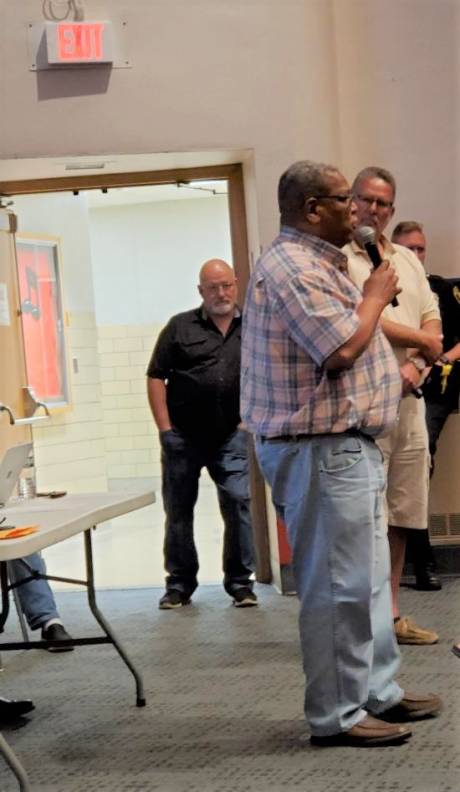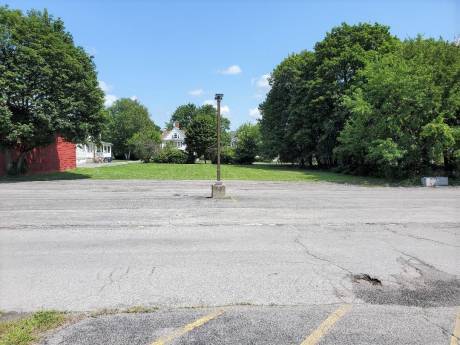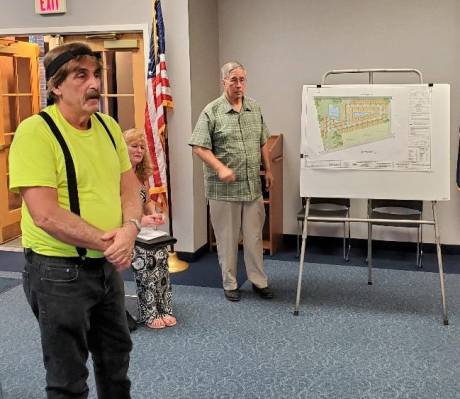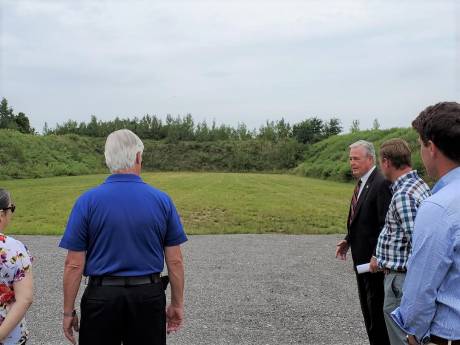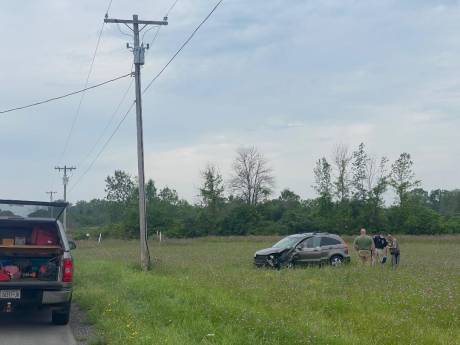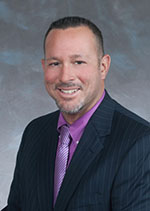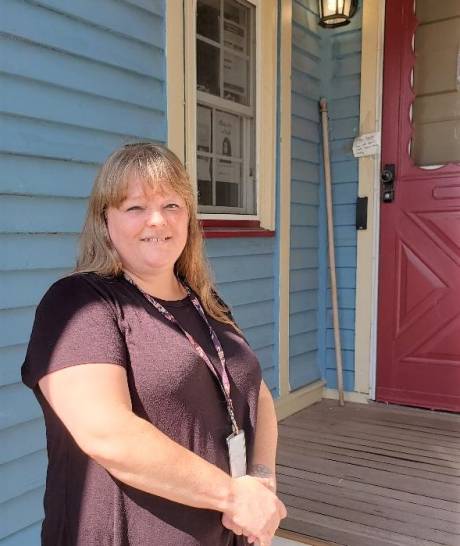WROTB's Genesee County director sees 'no basis' for Nolan's lawsuit vs. corporation, president, board chair
As attorneys for both sides gear up for the possibility of a jury trial to decide former employee Michael Nolan’s civil lawsuit against Western Regional Off-Track Betting Corp., and its president and board chairman, the longtime WROTB director representing Genesee County says he doesn’t see “any merit” in the case.
“I don’t believe there is any merit in it,” Richard Siebert said on Wednesday, emphasizing that he was not at liberty to talk about specifics. “And I just don’t quite understand why the lawsuit seems to be singling out our CEO, Henry Wojtaszek, and our chairman of the board, Richard Bianchi. It should be filed just against the corporation, that’s all I will say.”
Siebert, an OTB director for 28 years, did offer a bit more, however, noting that the board has been expecting this suit to be filed.
“We knew that his (Nolan’s) attorney has been trying to threaten all types of lawsuits if we didn’t make some compromise … but all I can say is to my knowledge – and I am knowledgeable of the situation, there is no basis for this lawsuit,” he said.
“It will take a couple years for the courts to settle it out, but there’s no basis in my mind, whatsoever, and I don’t think the corporation is going to suffer from it.”
Nolan, the public benefit company’s former chief operating officer, was fired from his position last December. He is seeking $14.5 million in damages, according to a 23-page filing by his lawyer, Steven M. Cohen of HoganWillig, PLLC, of Buffalo, on Aug. 12 in U.S. District Court Western District of New York.
The suit names WROTB as well as Bianchi and Wojtaszek (both as individuals and in their capacities with the corporation) as defendants.
It contends that Nolan was ostracized and kept out of OTB matters since April 2019 for speaking to federal and state investigators about the corporation’s practices, including offering gold-plated health insurance for board members with political ties, misuse of professional sports tickets and luxury boxes, and awarding of contracts “to politically-connected entities associated with WROTB.”
Cohen is seeking $14.5 million in compensatory damages for his client, plus the reinstatement of Nolan to his former COO position and of full fringe benefits and seniority rights, along with damages sustained due to the violation including, without limitation, the compensation for lost wages, benefits and other remuneration, and payment of all reasonable costs, disbursements, and attorney's fees.
Responding today to an email from The Batavian, Cohen said Nolan has been punished for being honest in his replies to investigators looking into possible wrongdoing at WROTB.
“My client has been through an ordeal, all for telling the truth to the law enforcement agencies who are investigating corruption at the WROTB,” he said. “My client neither commenced the investigation, nor initiated contact with the authorities. He is not the only one to speak with the FBI, New York State Comptroller, U.S. Attorney or (NYS) Gaming Commission.”
Cohen said that Nolan “may be the only one who disclosed to the board exactly what he told the authorities, which put them in a panic.”
“The conduct of the defendants has been despicable and we are looking forward to presenting our evidence to the judge.”
The attorney for WROTB, Daniel C. Oliverio of Hodgson Russ, Buffalo, spoke to The Batavian on Wednesday -- calling Nolan’s suit “a political hit job that’s going to fail.”
“OTB commissioned an independent lawyer to do an investigation (Terrence Connors of Connors LLP, Buffalo) – not our firm,” Oliverio said. “He interviewed I think 46 witness and the report is hundreds of pages (actually 380 pages), including Mr. Nolan himself twice for hours. He didn’t come up with one shred of evidence to support the allegations.”
Oliverio said that Nolan changed his story repeatedly.
“We examined Mr. Nolan under oath, in what is called a 50-H proceeding as we’re entitled to that per New York law,” he said. “We examined him twice under oath for several hours, and he couldn’t substantiate any of his allegations; he backtracked.”
Oliverio categorized the suit as “political nonsense from an employee who was disgruntled, and we believe it was an attempt to upset Mr. Wojtaszek and the board.”
“And, by the way, OTB has been doing very well through the pandemic and now afterwards with their various ventures. So, we think this is nothing more than a political hit job that’s going to fail.”
Going forward, Oliverio said once his clients are served, he likely will have an opportunity to make a motion to dismiss the case outright. Should that not happen, it will enter the discovery phase where depositions will be taken again, including a statement from Nolan. From there, the court could grant a summary judgment or call for a jury trial.
“Either way, it’s fine with us,” he said, adding that the court will set a schedule for him to respond, usually around 30 days. “A court is going to adjudicate this -- not Mr. Nolan or his lawyers in press conferences -- according to a jury."
Previously: Lawsuit seeks $14.5 million for former WROTB officer

